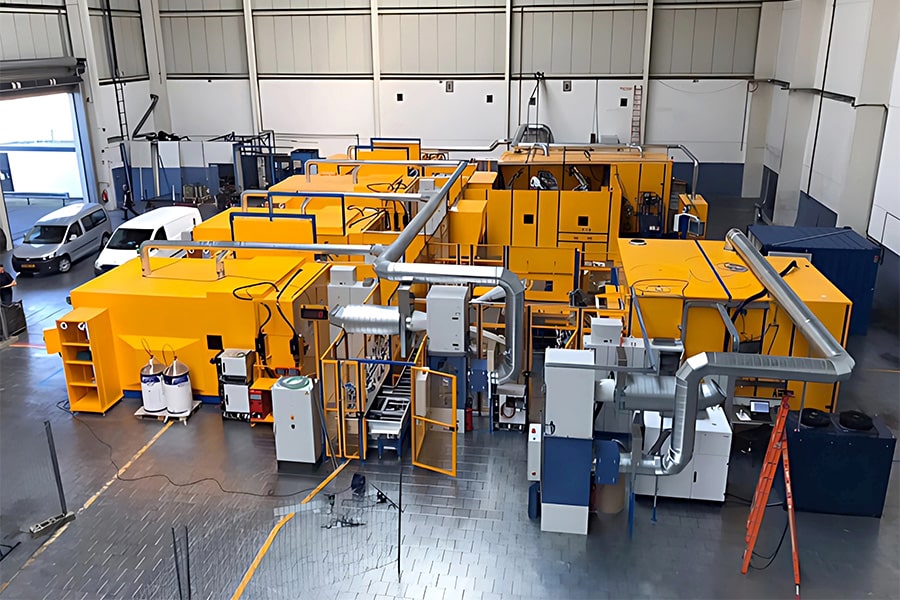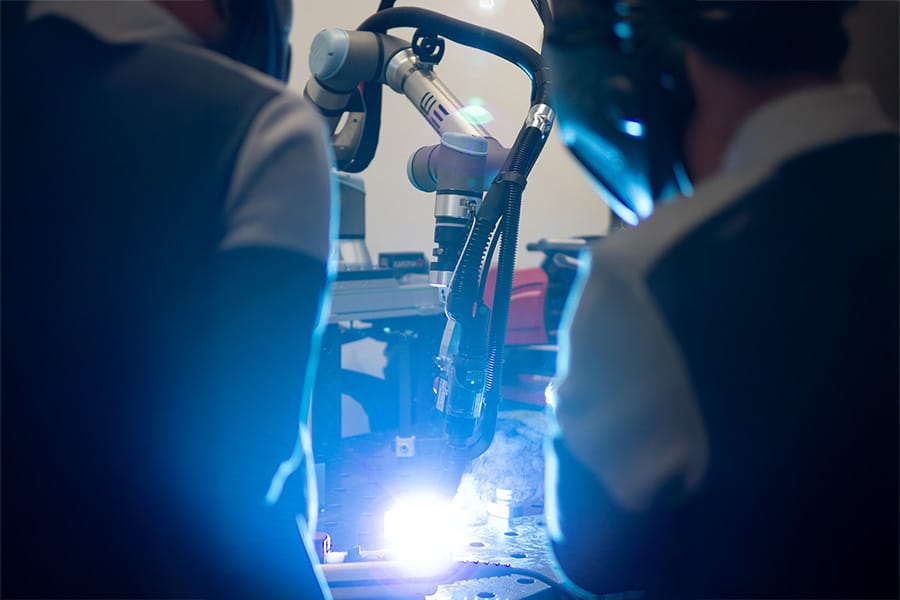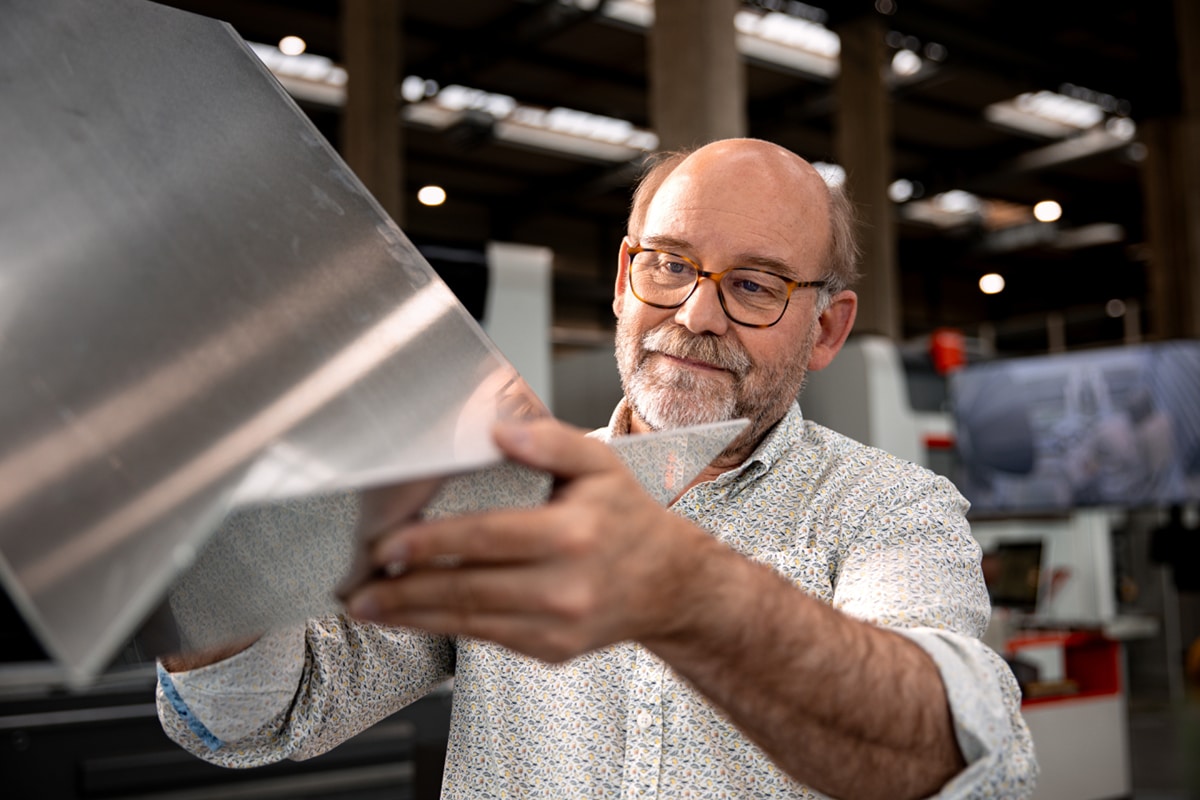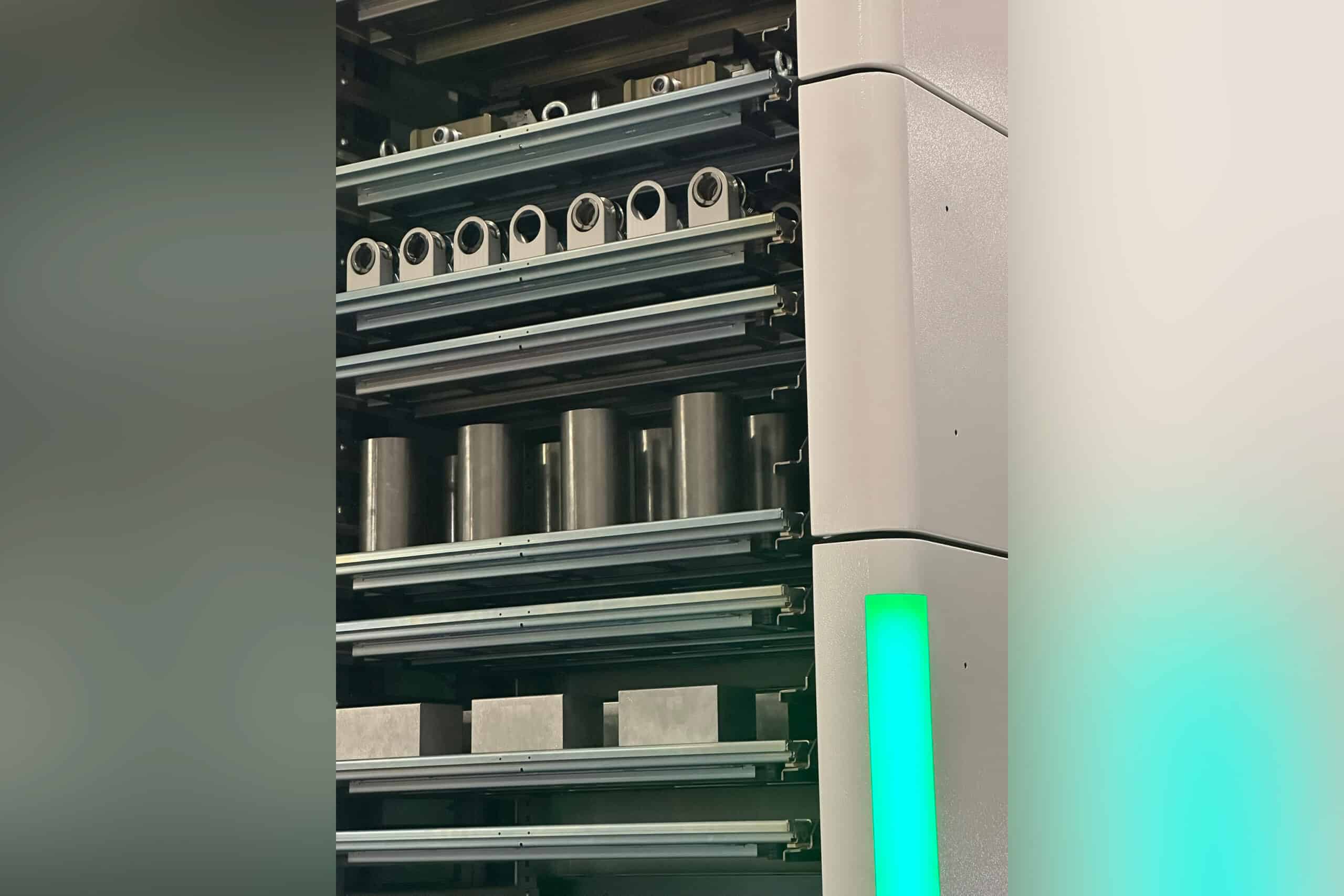
Spider towers, masters of productivity
Virtually all horizontal machining centers on the market today are four-axis. That extra axis allows you to use collet towers to clamp your products and boost your efficiency. Indeed, thanks to truss towers, your horizontal machining machines can machine a larger number of products at once. An introduction.
Clamping towers may not look hugely spectacular and vary enormously from machine to machine. Yet they all excel in flexibility, more so than any other clamping device. This is precisely what the modern metal industry with its "high mix, low volume" production demands. The basic principle is always the same. The clamping tower raises the machine's own clamping surface. The result? It gains even more capacity, so downtime can be minimized. In other words, they can make a significant contribution to getting the full efficiency out of your machine. If collet towers are used carefully, they will multiply the number of workpieces in the machine. This increases the throughput time of an unmanned machine with a high degree of flexibility.

Several days of fully automated work
Four-axis horizontal machining centers with integrated pallet exchange were already in the realm of truss towers. If properly planned, the workpiece storage system can be combined with a collet tower to produce components fully automatically over several days, such as during unmanned shifts. Their counterparts for five-axis machines, clamping pyramids, work in essentially the same way. Without compromising accessibility, they can extend the run time of the unmanned machine - especially if loading is done from the machine's own or external pallet storage. The starting point with most manufacturers is a modular system, consisting of base pallets, base profiles and clamping surfaces that are combined with an impressive variety of clamping systems and can be efficiently deployed by a wide range of standard tension clamps. Using online configurators, you can quickly find out what the ideal truss tower looks like according to each of your products using a number of parameters.
Eliminate downtime
The basic principle is simple: one or ideally even several workpieces can be set up on either side of the spindle tower and then machined one at a time. Using modern CAD/CAM systems, it is thus possible to machine very small batches and even individual parts very efficiently and automatically. Set-up is carried out on the basis of workpiece-specific tool schedules, preferably outside the machine room at set-up stations on the machine itself or at external set-up stations. The machine with the tool centers is then loaded via the machine's own transfer systems or by crane or robot. Moreover, unproductive waiting times, such as re-clamping, alignment or zeroing, can be eliminated, i.e. consistently banished from the machine, by means of the truss towers and pyramids.

Adapt quickly and flexibly
Truss towers are available in a large number of variants and designs. As a user, you can choose from a variety of clamping surfaces, clamping devices and clamping systems. These range from clamping force blocks and manual single, double or multiple clamping devices to chucks equipped with multiple clamps. By selecting the right shape for the workpiece and machining process, interference contours and therefore spindle and tool accessibility can be optimized. In other words, many opportunities arise for increasing efficiency in metal machining. Manufacturers have ensured that clamping devices can be quickly and flexibly adapted to different part series. As a result, a high degree of individuality and, at the same time, high precision and cost-effectiveness can be guaranteed.



